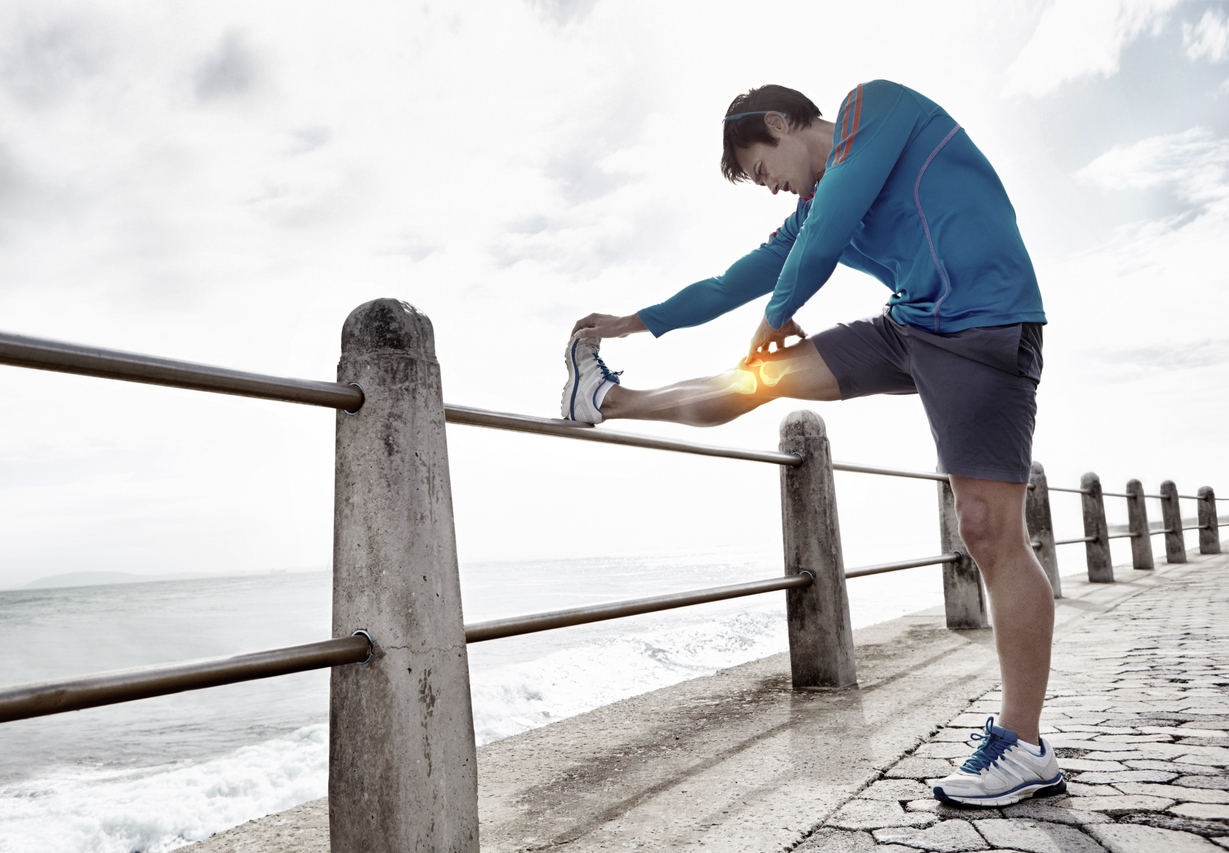Your knee needs fluid to function properly. This naturally produced fluid enables you to easily and smoothly bend and rotate the knee joint. But a condition called water on the knee, otherwise known by doctors as knee effusion, creates problems with this mobility. It stems from excess fluid collecting in the knee joint, causing pain and movement restrictions. Removal of the excess fluid and medication can restore fluid balance within the knee. But according to the experts at brentwoodphysio.ca, you will likely also need physiotherapy.
How does water on the knee develop?
If you have a swollen knee, this condition often indicates excess fluid in your joint. If you press on the swollen area, you can possibly feel the fluid under the skin.
Fluid build-up in the knee joint is often caused by trauma. When trauma occurs, the knee works to protect itself by letting fluid into its spaces. This fluid comes from the body’s natural processes and production. Called edema, swelling follows in response to the introduction of this excess fluid.
In addition to trauma, an arthritic joint also causes fluid build-up in the knee. The knee joints are particularly vulnerable to rheumatoid arthritis. But when properly diagnosed, this condition is treatable. No one yet knows what causes rheumatoid arthritis, but water on the knee is one of its symptoms. Besides fluid build-up, other symptoms of rheumatoid arthritis include pain, stiffness and fatigue. Your knee may also feel warm to your touch.
In addition to rheumatoid arthritis, osteoarthritis can cause water on the knee. This highly painful condition occurs from worn down cartilage. This tissue wears down over time due to daily wear and tear knees experience. It can also occur from strenuous activities performed over an extended period of time, such as running. Eventually, the cartilage wears down completely and enables bone-on-bone friction. Although there is no cure for osteoarthritis, you can gain relief from your symptoms through appropriate treatment.
Common Causes of Water on the Knee
Common causes of water on the knee, besides the two above-mentioned types of arthritis, include:
- Injury from repeated stress or a traumatic event
- Broken bone, even with a hairline or stress fracture
- Bacterial infection
- Bursitis, irritation and swelling of the small fluid sacs near the knee joint
- Compromised tendons or ligaments around your knee joint, such as the meniscus

Treatment for Fluid on the Knee
Doctors typically do not focus on treating water on the knee, in and of itself. This condition is actually a symptom of a bigger problem. By treating the primary issue, the excess fluid diminishes.
To determine your best treatment options for water on the knee, your doctor first provides a thorough examination of your knee tissues. He or she must decide whether it is important to remove the excess fluid. Many people with this condition must go through diagnostic imaging for a clear diagnosis.
If the doctor seeks to drain the extra fluid from your knee, this procedure requires use of a long, thin needle. To relieve pressure and swelling, the fluid is withdrawn through the needle. Your doctor will likely send that drained fluid to a lab for testing. Its analysis generally helps determine what type of care you need, as well as the issue causing your swelling.
Your treatment for knee effusion can include:
- Anti-inflammatory medication
- Infection-fighting antibiotics
- Arthroscopic surgery to repair the damaged joint
- Injection of corticosteroids in the knee to reduce inflammation
- Oral corticosteroids
- Physiotherapy
Even if your doctor performs needle aspiration of the excess fluid, your knee effusion will likely recur. Left untreated, this condition causes a great deal of discomfort and can seriously limit your mobility. If you experience swelling in your knee, visit your doctor for a clear diagnosis and treatment.
